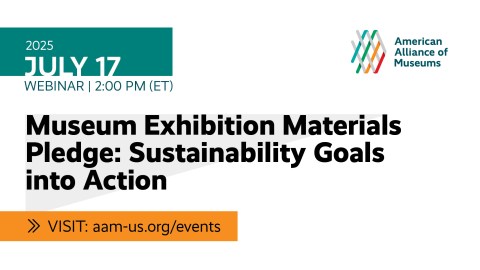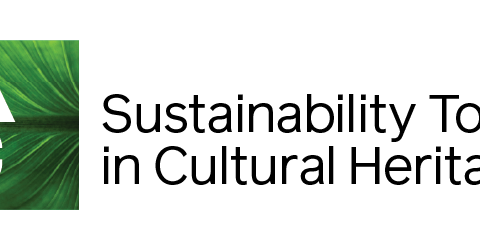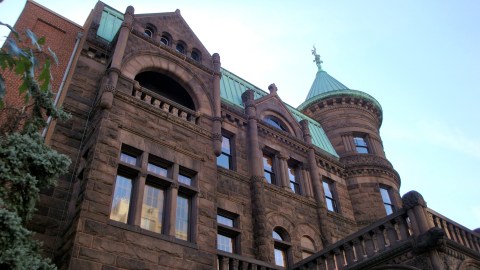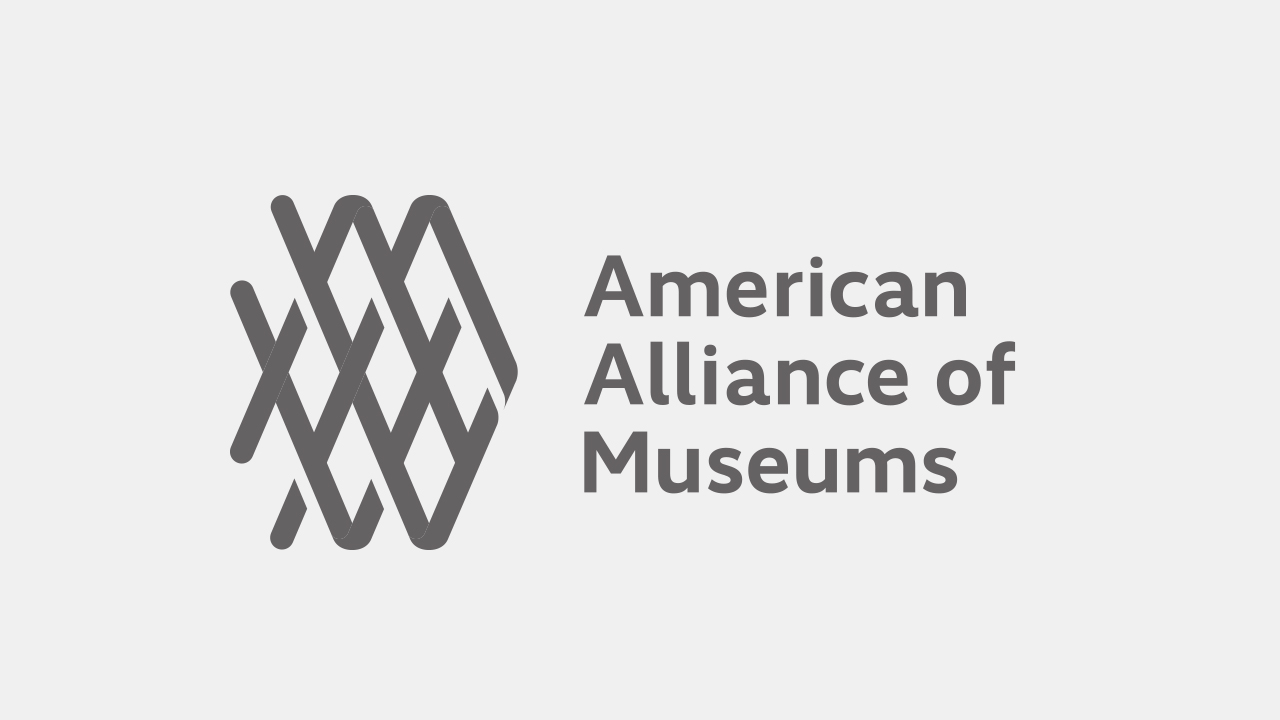Time for a brain stretch. This is part two of a quick review of recent scanning hits in five STEEP categories of forecasting—this one covers economic, environmental and political developments. (You can read part one, on social and technological trends, here.) Each section concludes with some questions to help you apply this information to your planning.
Environmental
This article from the New York Times quotes the VP of education and training at the Georgia Aquarium as saying his institution ensures its guests will not hear the term global warming, as their visitors are “very conservative.” But museums can play a significant role in helping their communities examine how their environment is changing, and foster wise decision-making about how to adapt. Clearly this issue can also create tension between museums that have an environmental/science-based mission and members of the community who do not believe in climate change. Museums may have to choose between being advocates for environmental action and neutral, trusted places for people to exchange points of view.
Whether or not your museum chooses to tackle climate change in programs and exhibits, the scientific consensus is that this century will see an overall rise in mean temperature, rising sea levels, drought, increased fire hazard and increase frequency of severe weather events. These forces may create profound changes in American agriculture and in patterns of development, especially in the West, where every drop of (ground or river) water is already owned by somebody. Museums need to take these trends into account when thinking about where to site new buildings, how to landscape the grounds, and how much to invest in energy and water efficient infrastructure.
Questions to consider:
- What are the climate projections for your museum’s region? Are there city, regional or state-wide plans addressing these challenges?
- What role might your museum play helping its community examine how their environment is changing, and foster informed decision making?
- Has your museum reviewed its risk management and emergency preparedness plans, to ensure that you are making realistic estimates of the frequency and severity of events that could threaten your operations?
Economic
The Great Recession is restructuring the whole American economy, perhaps for the long term. As the Federal government scrambles to cut costs (to a greater or lesser extent, depending on which party hold the balance of power after the November elections) more and more costs and responsibilities are passed on to states, which often pass them on to cities. The fallout of the mortgage and loan crisis has gutted municipal tax bases, leaving cities with less money to pay for basic services such as water, sewer, roads, police and emergency response. So cities, in turn, are responding with increasing frequency by asking nonprofits that have removed large swathes of property from the tax rolls to make voluntary “Payments in Lieu of Taxes” (PILOTs), or to pay fees for city services that were previously provided for free. As the Museum of Fine Arts has learned, these payments can add up to significant amounts—by 2016 Boston expects the MFA to be contributing over $1 million. As Providence, RI, pressured Brown University and other nonprofits to make PILOT payments, the question arose, “what happens if we say decline?” the state legislation was introduced that would empower cities to levy such fees. (For an excellent overview of the PILOT issue, see this report from the Lincoln Land Institute and this summary from Johns Hopkins Listening Post Project’s recent webinar on nonprofit taxation.)
Questions to consider:
- What would the property tax on your organization’s land be, if you were not tax exempt? If you already make PILOT payments, what percent of this hypothetical tax bill do they represent?
- If your city implements PILOT payments, what would your organization do, in terms of increasing revenues or decreasing expenses, to absorb these costs?
- If your city asks you to quantify the public good you provide, in order to justify the financial break you get on property taxes or city services, how would you make your case? (See next trend.)
Political
In the 21st Century version of the culture wars, the basic principle of government support for museums is coming into question. The narrative that accompanied the budget proposed by the House of Representatives last spring characterized support for NEA and NEH as “a wealth transfer from poorer to wealthier citizens” and support for museums (via IMLS) as “not a core Federal responsibility.” As Nina Simon noted in her analysis of the recent campaign for a millage to support the Detroit Institute of Arts, the argument that “great cities should have great arts institutions” did not resonate with voters—it was characterized as elitist and provoked a lot of negative blow-back. She casts the successful argument, by contrast, as “Great museums improve quality of life and the value of the region.” Some museums can make dramatic and visible contributions to their own economic health and that of their communities: the San Diego Zoo’s Innovation Center, which explores how biomimicry can be applied to industry and commerce, commissioned a report showing this area of research could “generate as much as $300 billion annually to the U.S. economy.” The majority of museums, however, are left struggling to quantify the good they do. The taskforce creating recommendations for PILOT payments in Boston (see above) considered “crediting” nonprofits for the quantifiable value of benefits that that the city would have had to support in its budget if the nonprofit did not provide it. Where does that calculation leave museums?
Questions to consider:
- If your museum has made an explicit case for public support, what was the basis for your appeal: general statements about the need to support museums, on how museums enhance the quality of life, or specific documentation of economic impact?
- How would you answer the question Nina poses in her post: “if people were debating your museum in the newspaper, what would they say?”
More than enough for now! But I hope you can see that though it’s challenging to maintain a well-rounded scanning list, it’s worth the effort. How else will you keep a “weather eye” on the horizon?
Phil Katz and I are currently debating which trends we will feature in our second annual trends round up—TrendsWatch 2013. If you want to nominate a recent trend as “most likely to have a profound effect on museums and society, send me an email, making your case and (preferably) including a few links to news or blog posts that support your argument.








